Healthy soil is the foundation of a thriving garden. Even the best seeds, plants, and fertilizers can struggle if the soil isn’t properly balanced. Gardeners often focus on watering and fertilizing while overlooking the most critical component: soil health.
Understanding when your soil needs amending is key to improving plant growth, increasing yields, and preventing problems like poor drainage, stunted growth, and nutrient deficiencies. This guide explores seven signs that your soil needs amending and provides practical strategies to fix it for a lush, productive garden.
1. Poor Plant Growth
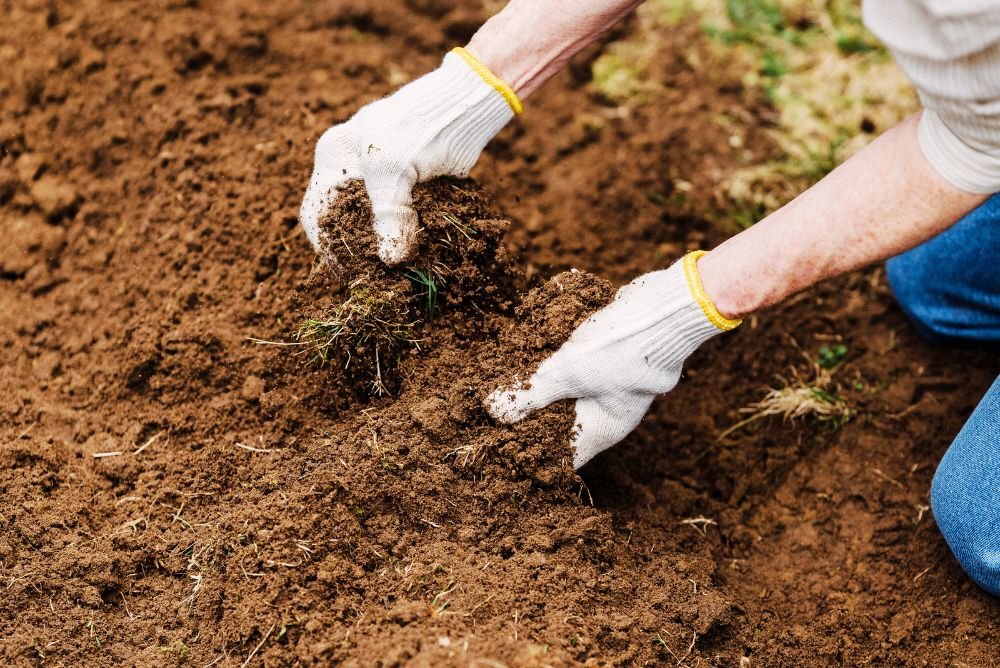
One of the first indicators of soil problems is slow or stunted growth in your plants.
Why It Happens:
- Lack of essential nutrients such as nitrogen, phosphorus, or potassium.
- Compacted soil that restricts root expansion.
- Imbalanced pH that prevents nutrient uptake.
How to Fix It:
- Conduct a soil test to check nutrient levels and pH.
- Add organic matter like compost, aged manure, or leaf mold to improve fertility.
- Adjust pH using lime to raise it or sulfur to lower it.
Tip: Healthy, well-fed soil promotes robust roots, lush foliage, and vibrant blooms.
2. Water Pooling or Poor Drainage
If water sits on the surface or drains slowly, your soil may be compacted or clay-heavy.
Why It Happens:
- Dense clay soils resist water infiltration.
- Compacted soil prevents roots from accessing oxygen.
- Heavy rainfall can exacerbate drainage problems.
How to Fix It:
- Loosen soil using a garden fork or tiller before planting.
- Incorporate organic matter such as compost, shredded leaves, or peat moss to improve texture.
- For persistent drainage problems, create raised beds to allow water to drain freely.
Tip: Soil with good drainage reduces root rot, fungal diseases, and plant stress.
3. Soil Crusting or Hard Surface
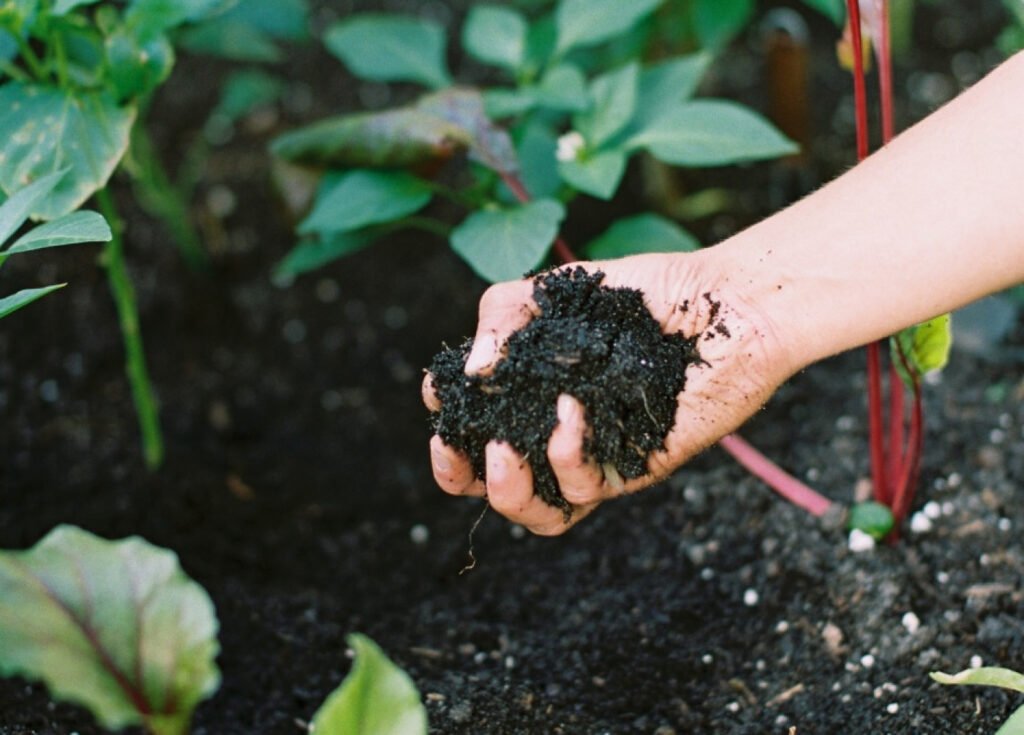
A hard, crusted surface is a sign of compacted or poorly structured soil, often making seed germination difficult.
Why It Happens:
- Heavy rainfall or frequent watering splashes soil into tight clumps.
- Lack of organic matter reduces soil porosity.
How to Fix It:
- Lightly till or loosen the top few inches of soil.
- Add compost or mulch to improve aeration and soil structure.
- Use cover crops like clover or vetch to naturally break up soil.
Tip: Loose, friable soil allows roots to penetrate easily and water to infiltrate efficiently.
4. Yellowing or Weak Plants
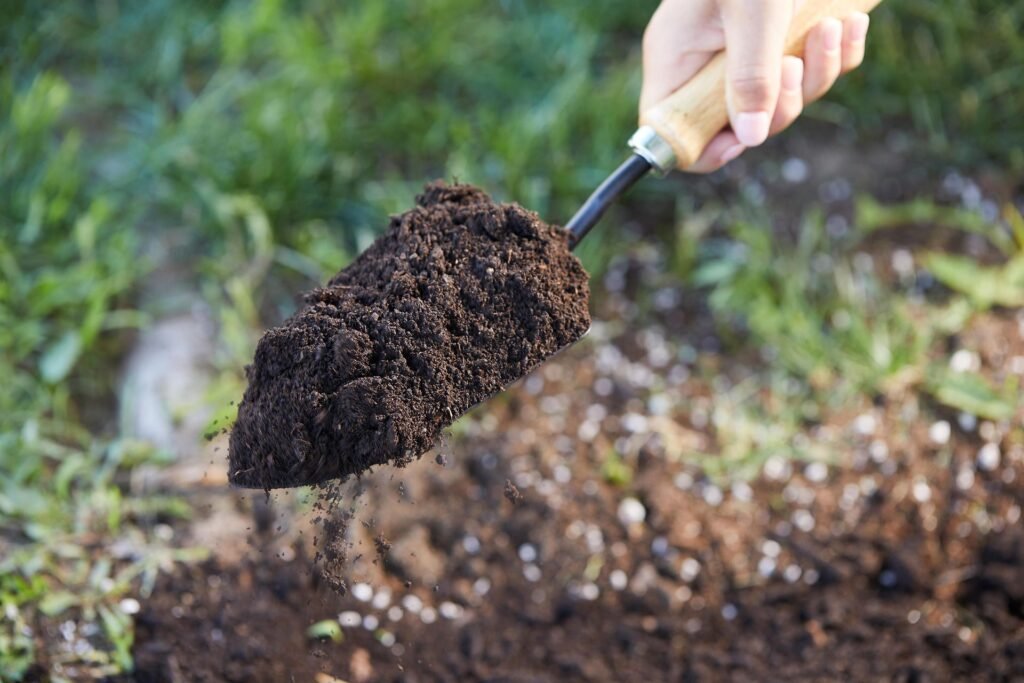
If plants are consistently yellow, wilted, or weak despite proper care, the soil may lack nutrients or have poor fertility.
Why It Happens:
- Nitrogen deficiency often causes yellowing leaves.
- Imbalanced soil pH limits nutrient uptake.
- Lack of essential trace elements such as magnesium or iron.
How to Fix It:
- Apply well-balanced fertilizers based on soil test results.
- Amend with compost or manure for slow, steady nutrient release.
- Test pH and adjust using lime (to raise) or sulfur (to lower).
Tip: Regularly feeding your soil ensures consistent plant health and maximizes productivity.
5. Erosion or Soil Loss
If topsoil washes away during rain or wind, it signals poor soil structure and organic matter content.
Why It Happens:
- Sandy or degraded soils lack binding organic matter.
- Bare soil is vulnerable to erosion.
- Sloped gardens accelerate runoff and soil loss.
How to Fix It:
- Apply a layer of mulch such as straw, leaves, or wood chips to protect soil.
- Grow ground covers to hold soil in place.
- Incorporate organic matter to improve structure and water retention.
- For steep slopes, consider terracing or raised beds.
Tip: Healthy, stable soil not only supports plants but also prevents nutrient loss.
6. Soil That Drains Too Quickly or Feels Sandy
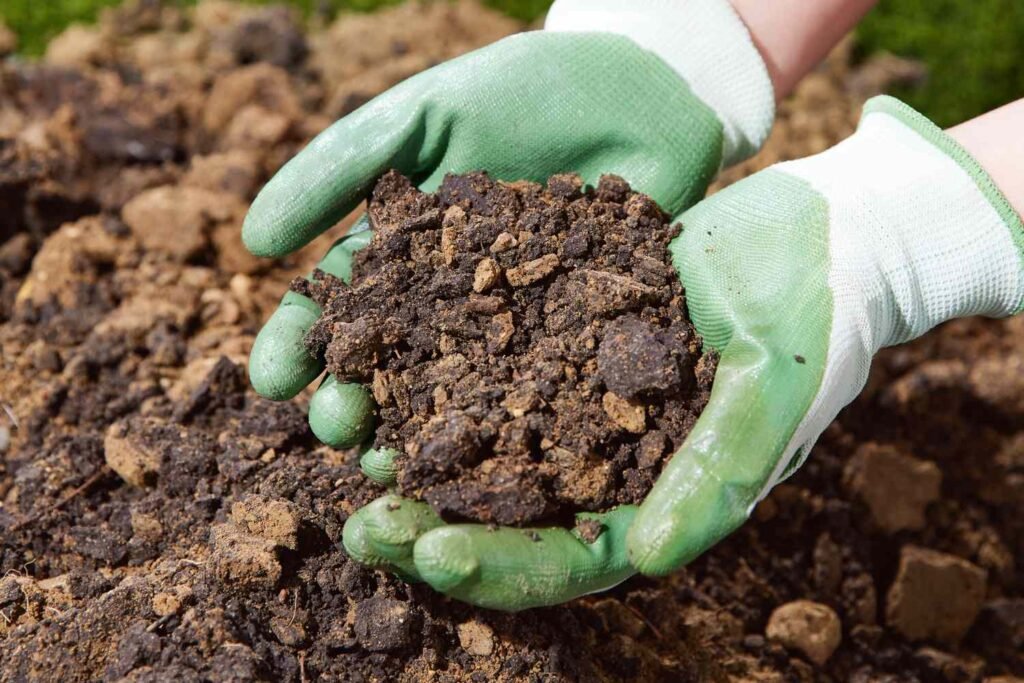
On the opposite end of the spectrum, sandy soils may drain too fast, leaving plants dry and nutrient-deficient.
Why It Happens:
- Sandy soil has large particles with low water retention.
- Essential nutrients are washed away quickly with water.
How to Fix It:
- Add organic matter such as compost, peat moss, or coconut coir to improve water retention.
- Apply mulch to reduce evaporation and stabilize moisture.
- Consider slow-release fertilizers to maintain nutrient availability.
Tip: Amending sandy soils creates a more balanced environment for roots and improves plant resilience.
7. Poor Soil Life or Lack of Microorganisms
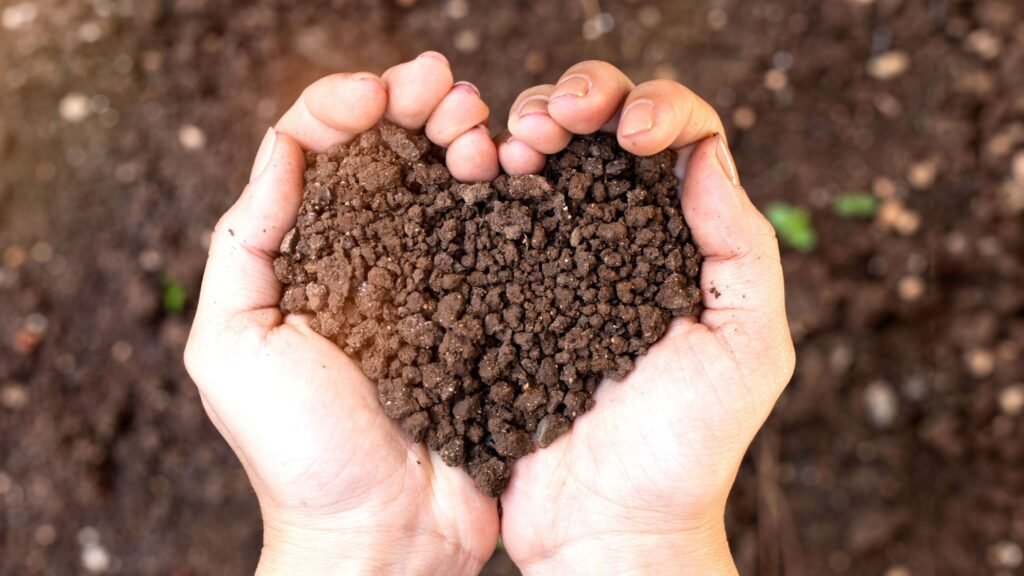
Healthy soil teems with life: earthworms, beneficial bacteria, and fungi. Lack of soil life is a clear sign that the soil needs attention.
Why It Happens:
- Overuse of chemical fertilizers or pesticides.
- Insufficient organic matter.
- Compacted or overly dry soil conditions.
How to Fix It:
- Incorporate compost, worm castings, or leaf mold to enrich the soil microbiome.
- Avoid excessive tilling, which can disrupt soil structure and life.
- Use cover crops to feed soil organisms and improve overall fertility.
Tip: Soil alive with microorganisms supports nutrient cycling, disease resistance, and strong plant growth.
Additional Tips for Amending Soil
- Regular Soil Testing: Conduct tests every 2–3 years to monitor pH and nutrient levels.
- Rotate Crops: Prevent nutrient depletion and reduce disease buildup by planting different families of plants each season.
- Compost Tea or Organic Fertilizers: Boost soil life and nutrients naturally.
- Mulching: Conserves moisture, reduces erosion, and enriches soil over time.
- Avoid Over-Tilling: Excessive tilling can destroy soil structure and beneficial organisms.
Tip: Consistent soil care over seasons ensures long-term productivity and reduces the need for synthetic fertilizers.
Conclusion
Soil is more than just “dirt”—it’s a living ecosystem that supports every plant in your garden. Recognizing the signs that your soil needs amending is the first step toward creating vibrant, healthy plants.
From poor growth and yellowing leaves to drainage problems, erosion, and lack of soil life, these seven indicators highlight when intervention is needed. By adding organic matter, adjusting pH, improving drainage, and encouraging soil microorganisms, you can restore soil health and provide a stable, nutrient-rich environment for your garden.
Amending your soil is an investment that pays off season after season, ensuring strong roots, abundant flowers, and bountiful harvests. With consistent attention to soil health, your garden will flourish, demonstrating the powerful connection between soil, plants, and successful gardening.
